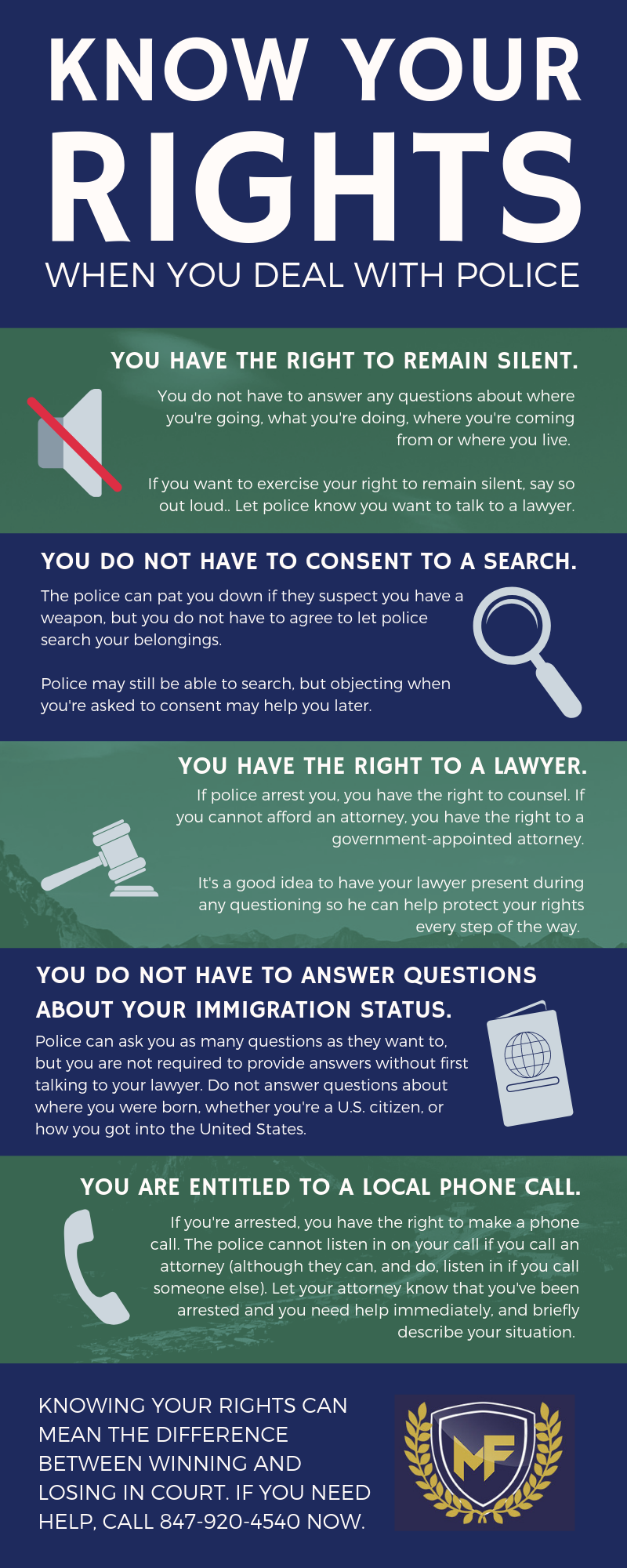The Criminal Trial Refine Explained: A Sequential Summary Of Each Step
The Criminal Trial Refine Explained: A Sequential Summary Of Each Step
Blog Article
Authored By-Ellis Mohamed
When you step into a criminal test, you may be surprised by the structured process that unfolds. All of it starts with jury choice, where potential jurors are scrutinized for biases via an approach called "voir dire." Afterwards, both sides offer their opening declarations, setting the stage for the proof and testaments to adhere to. You'll see just how the prosecution and defense build their situations, but what happens next can considerably affect the outcome. Understanding these stages can expose the intricacies of justice, yet there's more to discover concerning the defining moments that adhere to.
Court Option Process
When it pertains to the court option procedure, you're diving into a critical phase of a criminal trial. https://docs.google.com/spreadsheets/d/1cLVJiwaBw2l2VrA9roVi_zBudCiNFM4ETalDuehTzPs/edit#gid=745618542 , frequently called "voir dire," entails doubting possible jurors to guarantee they're honest and capable of providing a reasonable judgment.
You'll see both the prosecution and defense attorneys participating actively, each intending to pick jurors that align with their instance's narrative.
Throughout voir dire, you'll notice that attorneys ask concerns regarding jurors' histories, beliefs, and experiences. Their goal is to identify any pre-existing predispositions that might affect a juror's decision. As a juror, you might really feel a mix of anxiety and interest, yet your honesty is necessary.
After examining, attorneys can challenge specific jurors for cause if they think a juror can't remain objective. They can likewise utilize a minimal number of peremptory obstacles to reject jurors without mentioning a reason.
Trial Phases Explained
The stages of a criminal test play a crucial function in making sure a fair and organized procedure.
You'll initially come across the opening statements, where both the prosecution and protection outline their instances. This establishes the stage for what's to come.
Next off, the prosecution presents its evidence and witnesses, aiming to confirm the accused's sense of guilt past a practical question. You'll see straight evaluation complied with by interrogation, permitting both sides to test the here and now information.
After the prosecution rests its situation, it's the protection's turn. They'll present their evidence and witnesses, typically focusing on creating practical question. You'll see that the defense does not need to confirm virtue; they just need to test the prosecution's instance.
Once both sides have offered their debates, you'll listen to shutting statements, where each celebration summarizes their situation. local criminal attorneys is vital as it reinforces their settings before the jury ponders.
Throughout these stages, the judge makes sure that the test abides by lawful standards and that the civil liberties of both events are safeguarded.
Understanding these phases will help you appreciate the intricacies involved in a criminal test and the value of each step in the pursuit of justice.
Decision and Punishing
After all evidence has actually existed and disagreements made, the jury or court provides a decision, figuring out the defendant's regret or virtue. If you're part of the jury, you'll mull over with your other jurors, discussing the evidence and your impacts. This procedure can take some time, as you'll want to make certain everybody agrees on the judgment based on the realities.
Once a verdict is gotten to, it's introduced in court. If the offender is found guilty, the following phase is punishing. This is when the judge chooses the suitable punishment. You might see that numerous elements affect the sentence, such as the intensity of the criminal activity, the defendant's previous record, and any kind of mitigating scenarios.
The judge might impose a range of sentences, from fines and community service to imprisonment. Often, the protection or prosecution can present debates relating to sentencing, trying to persuade the judge's choice.
If the defendant is found not guilty, they're acquitted, and no penalty complies with. Bear in mind that a guilty judgment can typically result in appeals, where the defendant may test the decision or the sentence imposed.
simply click the following site
In a criminal trial, you have actually seen exactly how crucial each action is, from jury option to the last verdict. You've followed the prosecution and protection as they construct their situations, intending to persuade the jury. When deliberation concludes, the judgment figures out the result, and if the accused is condemned, the sentencing phase begins. Recognizing these processes aids you value the complexities of the justice system and the relevance of each role in making sure a reasonable trial.
